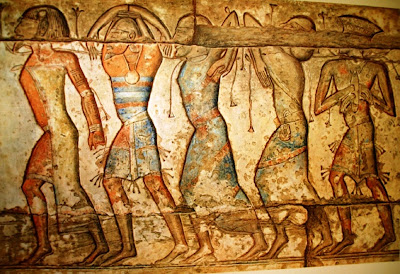Cultural Mitzvot and Religious Mitzvot
The law codes of the Torah routinely intertwine ritual and ethical/interpersonal rules. It is a holistic system intended to create a nation which conducts itself in an elevated, Godly fashion. This lack of ritual-ethical distinction also attests to the fact that in ancient times "religion" was not a separate category. It was an inextricable part of the societal and personal mindset. Offering sacrifices or first fruits to the god was, no less than fair business practices, part of being a moral person, an upstanding member of society. It would betray a character flaw to act otherwise. Early on in Jewish history however, a problematic phenomenon was identified whereby ritual performance was being carried out by people who were ethically compromised. This was harshly criticized in the very first chapter of Isaiah: "What do I need your abundant sacrifices for?" says YHVH... "I have no desire for the blood of bulls, lambs and he-goats... Don't bring...



